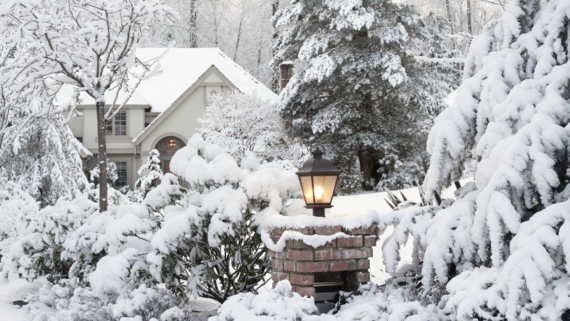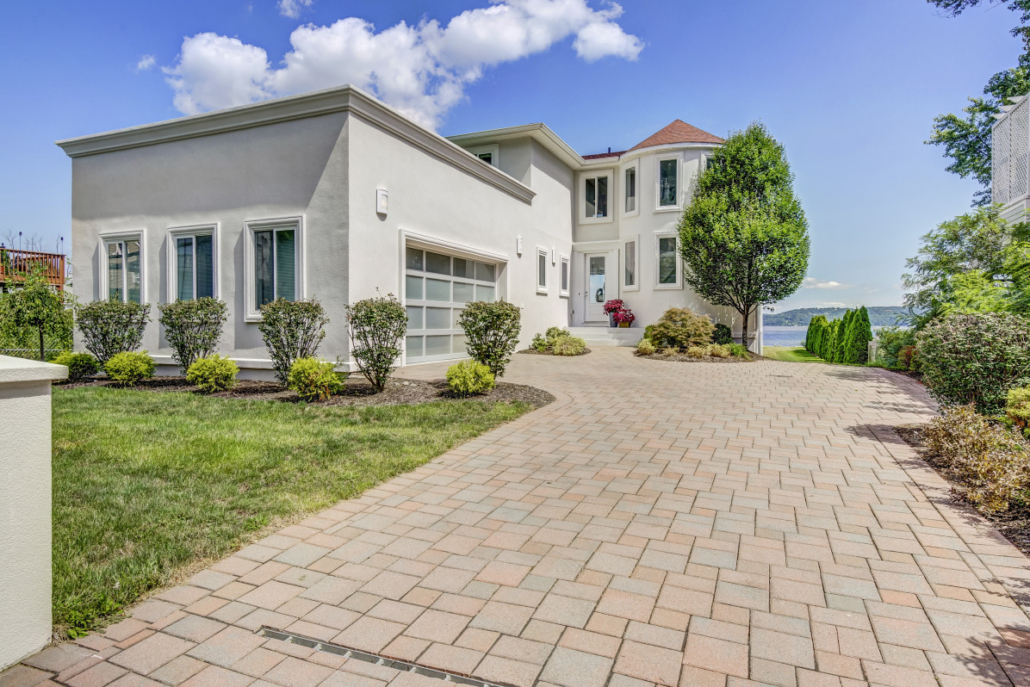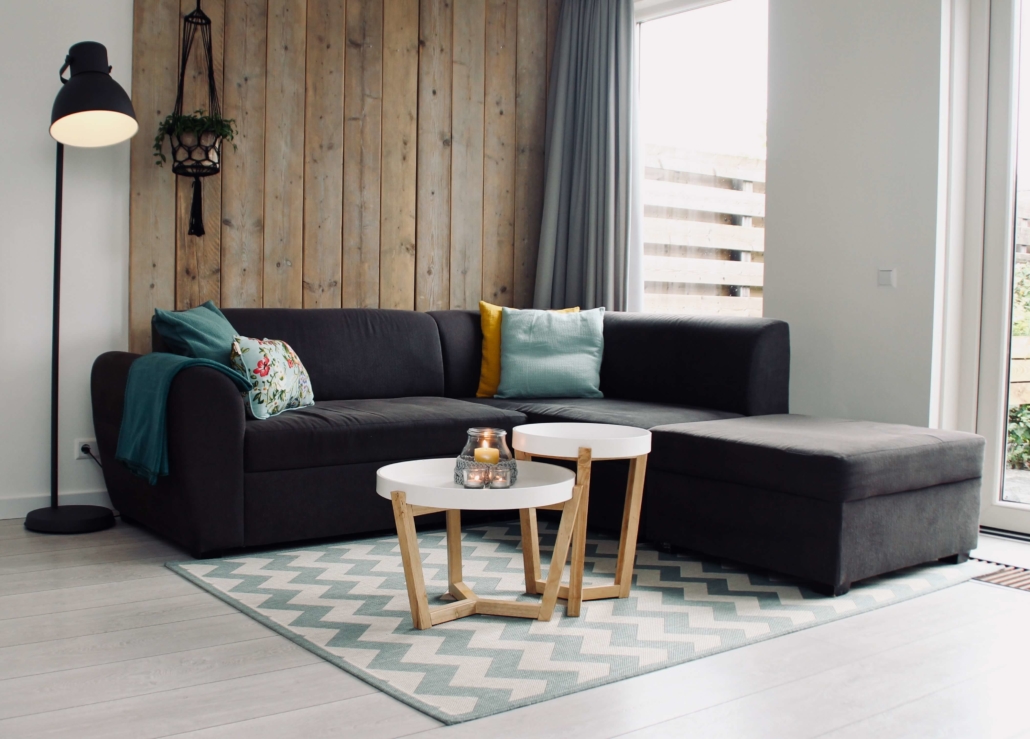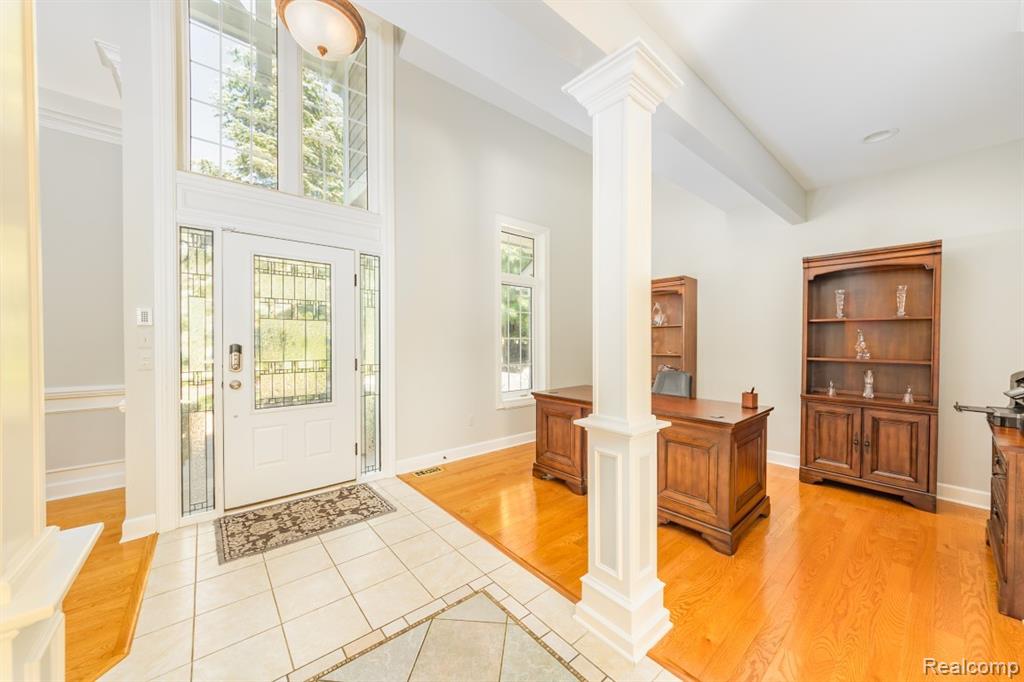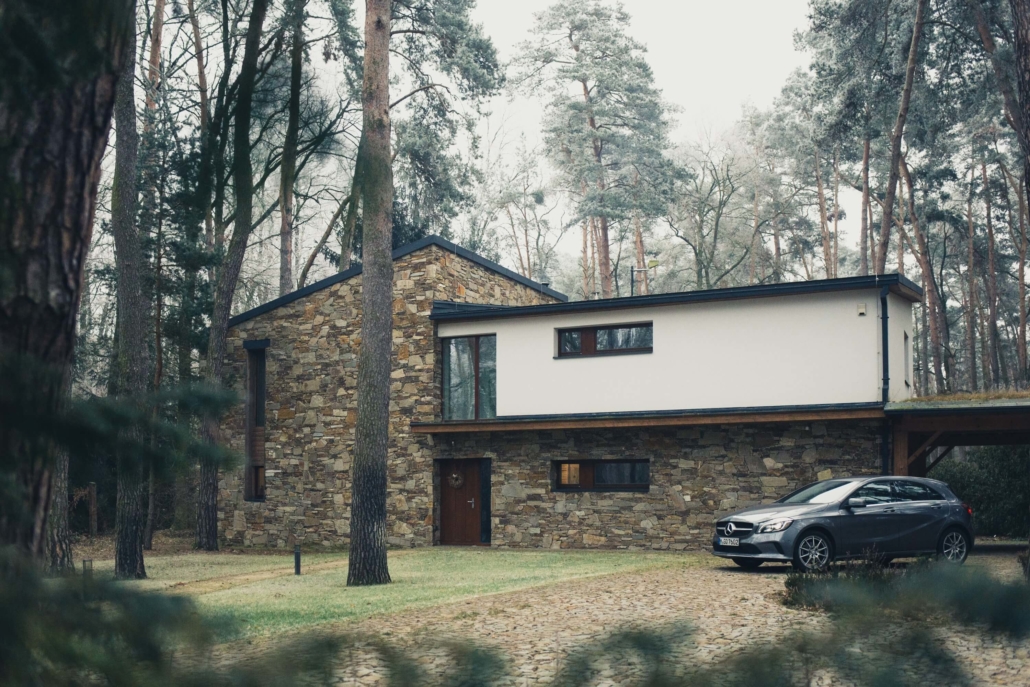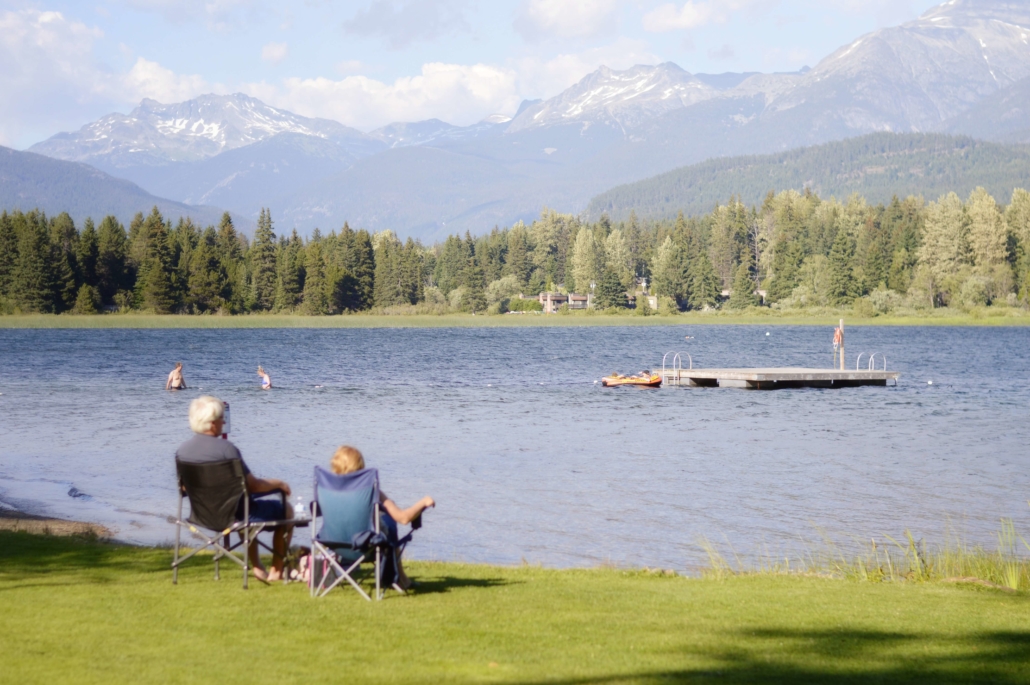Should you list your home in winter?
It’s the most wonderful time of the year, but is that true for real estate?
Conventional wisdom states that winter is the worst time to buy or sell a home, but we haven’t had a conventional real estate market in a while. People used to be less interested in buying and selling during the hustle and bustle of the holiday seasons, but the rules have been rewritten.
Why you should list your home in winter
The Internet Has Changed Everything
The internet lets buyers explore a new home without ever leaving the comfort of their own. Part of the old argument against listing your home in winter was the fact that shorter days meant fewer daylight hours. It’s hard to get a good look at the exterior of a home when it’s dark out. The internet has once again made this concern obsolete. If you do list your home in winter, it is a good idea to make sure the exterior of your home is well light. Focus on making your home look inviting for any prospective buyers who drive by or come to a showing.
Inventory is Down
The lack of housing inventory is well known. Factors such as the strong economy, the low unemployment rate, the Millennial generation coming of age and Baby Boomers looking to downsize has meant stiff housing competition.The McMansions that were so popular just before the housing crisis in the late aughts have faded from favor and instead smaller, more affordable homes are in high demand. Regardless of the type of home you have, listing in winter means you’ll face less competition on the market and your home will stand out.
Flaunt It If You’ve Got It
Winter is a great time to show off some of the special features of your home. Whether it’s a fireplace, built-in sound system, or formal dining room. With the holidays around the corner and entertaining on the mind, if you list your home in winter, these “extras” will really make your home stand out.
It is also a great time to showcase any energy efficiency upgrades you have as well. Depending on where you live, winter may also bring out some of the challenges in a home. Think frosty windows and icy gutters–so being able to show your home at a challenging time, as long as your home stands up to the challenge, will help buyers see the value.
Nosey Neighbors Need Not Apply
Winter tends to bring out serious buyers. While there are great advantages to buying and selling a home in the winter, the fact of the matter is that most people are not looking for a new home during the holidays. This also means that the ones who are looking are serious about making a deal happen. You can expect that if you list your home in winter, any person who shows interest is motivated and ready to make a deal.
Winter can be an excellent time to sell your home, although it isn’t for everyone. If you’re considering putting your home up for sale this holiday season do you research, find an agent you trust, and enjoy the process. After all, it’s the most wonderful time of the year!

